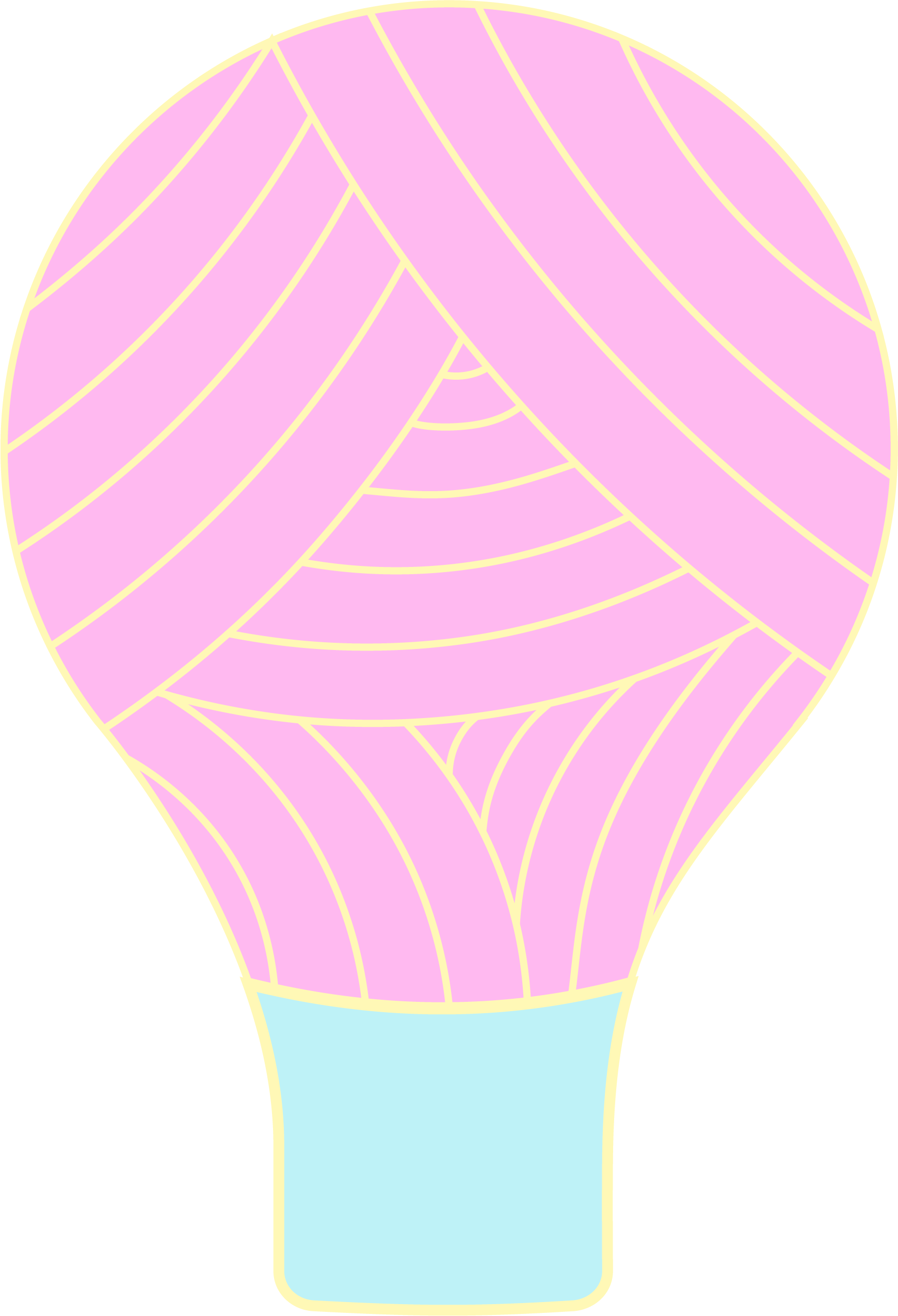Extended Single Crochet (esc) Stitch Tutorial

The extended single crochet, that’s an extended double crochet in UK terms, is one of those stitches I wish I had known about long before I did.
Extended crochet stitches (you can make them with double and trebles too) are easy and relaxing to crochet and are great for garments because they create a fabric with a beautiful drape. Extended crochet stitches create a slightly thinner fabric than traditional crochet stitches so you get more fabric from your yarn too.
I’ve done something different for this tutorial and decided to use super chunky yarn to make it easier to see the stitches.
I was making a swatch for the super chunky version of the Any Yarn Will Do sweater, so decided to use that opportunity to make the tutorial.
It’s harder to see the stitch pattern over a small swatch (don’t worry, I have lots of projects which use it so you can see what it looks like over a larger area), but easier to follow along with the video!

Essentially, extended crochet stitches are worked the same as their normal namesakes, but after you pull your first loop up through the stitch you’re working in, you yarn over and pull through 1 loop, then carry on with the rest of the stitch as normal.
Another way to put it is that you’re adding a chain into the stitch before making it – this is where that lovely drape comes from.
The fabric, when worked in simple rows, has a slight herringbone shape about it as the stitches tend to have more slant than their traditional counterparts.
The stitches are also taller, so it’s a great way to get your money’s worth from, your yarn as I find you can create a larger area of fabric with extended stitches. Another reason I love it for garments which often use a lot of yarn.
Extended crochet stitches can be a little top heavy, because of the chain at their base), so it’s good to work them with a reasonably relaxed tension to stop the top of the stitch dropping over the post.
You can use the extended crochet stitch method with pretty much any basic crochet stitch. This written and video tutorial shows you how to crochet the extended double (UK extended treble crochet) as well as how to make a decrease with the same stitch.

Extended Single Crochet (esc) – Written instructions
The instructions below explain step by step how to crochet the extended single crochet;
- Insert hook, yarn over, pull up a loop (2 loops on hook)
- Yarn over, pull through 1 loop – that’s the extended bit made (2 loops on hook)
- Yarn over, pull through two loops to complete the stitch
- Repeat steps 1-3 for the required number of stitches
See what I’m saying? It’s super simple!
Extended single crochet – Video Tutorial
If I haven’t convinced you yet, check out the right handed video below or on YouTube and the left handed extended single crochet tutorial here.
Crochet patterns using the Extended single crochet stitch
I have used extended stitches in several of my patterns because of the yarn economy and beautiful drape that the create. Below you can see a few if you want to try something once you’ve learned the stitch!
- Any yarn will do sweater
- Any yarn will do cardigan
- Any time cardigan (free pattern)
- Abundance cardigan
- Short Stories Cardigan
- Sequel Sweater
- Spin Off Tee
- Wrapped up balaclava hood (free pattern)
- Summertime handout top (free pattern)
- Slice of sunrise shawl (free pattern)
- Hidden wavelengths cowl (free pattern)
- Happy days cardigan
- Free flow sweater
- Clarity sweater (free pattern)
Gosh, I really have used it in a lot of patterns – I didn’t realise before I listed them! Below you see the lovely texture as used in the Sequel Sweater which uses the paired extended single crochet stitch pattern.

As I mentioned earlier, I use extended double crochet in the Abundance cardi, substituting it for traditional double crochet in the block stitch the pattern uses.
Here’s a close up to give you an idea of how it looks (during a game of Heathers inspired croquet last summer!). Extended stitches have as much versatility as the basic crochet stitches.

If you’ve been crocheting for any amount of time, you’ll be able to figure out how the extended treble and double treble stitches would work, but you can find a tutorial for the extended double here.
Extended stitches look great in any size yarn and any fibre and have a lovely rhythm to them when making.
When you mix them with traditional stitches, they can also create beautiful texture – just take a peek at my free studio stripe scarf pattern which uses a combination of extended double crochet and half double crochet and you’ll see what I mean!

I don’t know about you, but that’s everything I want in a crochet stitch!
What would you use it for?
Happy Hooking
Dx
See more crochet stitch tutorials here
Copyright Dora Does Limited, Registered in England, Company Number 13992263. This pattern is for personal use only and may not be shared or reproduced in written, photo, video or any other form without prior written consent. All rights reserved. Terms of service.







Just a little tweak making a big difference – easy to get a good rhythm going!
It’s really pleasing to work isn’t it!!!
Agreed – it’s great ! Probably my 2nd fav after crunch stitch 🙂
AND I learned it from you.
Would use both in scarves, shawls, lapghans – things of flat areas.
Ahhh. It’s great isn’t it! So versatile!!!